Along with centrifugal pumps, positive displacement pumps are some of the most common in the industry. At times known as a PD pump, it is an umbrella term for a pump type that does not have impellers like a centrifugal pump. A positive displacement pump uses a variety of rotating or reciprocating parts to move fluid into an enclosed volume. When enough pressure is built up in the chamber, the pump moves the liquid out and into the discharge system. Given the versatility of this pump, it is used in a variety of industries and has many applications.
If you want to learn more on the mechanics of PD pumps, read this two part white paper by Joe Evans. He argues the simplicity when separating positive replacement pumps into the categories of reciprocating pumps and rotary pumps.
Pro’s and Con’s of Positive Displacement Pumps
PD pumps are often most used in applications that have high viscosity, because even low viscosity applications can be disastrous on the efficiency and flow rate of a centrifugal pump. Positive displacement pumps are also advantageouses known as a PD pump, it is an umbrella term for a pump type that does not have impellers like a centrifugal pump. A positive displacement pump uses a variety of rotating or reciprocating parts to move fluid into an enclosed volume. When enough pressure is built up in the chamber, the pump moves the liquid out and into the discharge system. Given the versatility of this pump, it is used in a variety of industries and has many applications in scenarios that involve fragile or shear sensitive solids and for industries that require low flow combined with high pressure.
Unlike centrifugal or roto-dynamic pumps, PD pumps produce the same flow at a given speed no matter what the discharge pressure which allows them to provide a constant and consistent flow. However, this does not make them advantageous in scenarios where the intake of fluids is constantly changing. Additionally, since PD pumps are constantly used, they can leak or show other signs of wear before their counterparts. Most PD pumps also do not come with shutoff heads, which means they cannot operate against a closed valve on the discharge.
Positive Displacement Pump Applications
A few of the most common PD pumps and their uses:
- Concrete pumps – Concrete and other aggregate applications
- Diaphragm pumps – General plant where the media being used has high viscosity and /or high solids content
- Drum pumps – Also available as a centrifugal pump, it is used in PD form when handling thicker liquids and pastes to pump small quantities of liquid
- Flexible impeller pumps – Bilge and ballast pumps in the marine industry or any application where the media contains solids
- Gear pumps – Clean oil and other viscous liquids
- Metering pumps – Applications with low flow rates needing high accuracy, such as in the chemical treatment of water
- Peristaltic pump (also known as a hose pump) – Swimming pools, wineries, sewage treatment, and other OEM applications handling disinfectants such as chlorine
- Piston pump – One of the best known PD pumps, it is used to move liquids and compress gas
- Plunger pumps – Similar to a piston pump, it is used where high pressure is needed including oil production, reverse osmosis, and pressure washing
- Screw pumps – The PD pump with the highest flow rate, it is used in applications that require high intensity viscous liquids such as fuel transfer
Number wise, positive displacement pumps have flow rate ranges between 0.1 to 15,000 gallons per minute, or 0.38 to 56,781 liters per minute. The total head pressure ranges from 10 to 10,500 psi, and horsepower from 0.5 all the way up to 5,000.
Advances in Positive Displacement Pumps
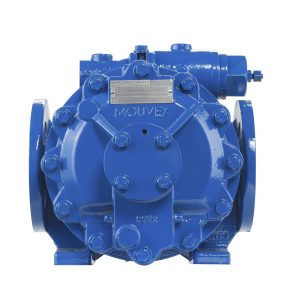 A6 model by Mouvex – The new A6 model in the A Series Eccentric Disc Pumps are designed to be replacements for Mouvex AF O pumps. They feature ductile iron construction and the ability to handle
A6 model by Mouvex – The new A6 model in the A Series Eccentric Disc Pumps are designed to be replacements for Mouvex AF O pumps. They feature ductile iron construction and the ability to handle
differential pressures up to 10 bar (145 psi), enabling it to be used in the safe transfer of viscous, non-lubricating, volatile or delicate fluids in a variety of applications involving both thin and viscous liquids.
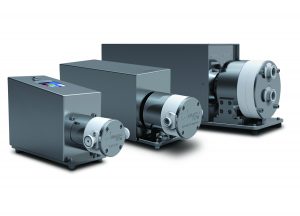 Single-Use Quaternary (Four-Piston) Diaphragm Pumps by Quattroflow – These pumps are equipped with plastic pump chambers engineered with injected molded polyethylene (PE). Designed to be a more cost-effective solution, these next generation pump chambers save time and money, removing the need for extensive cleaning, sterilization, and complex cleaning validation.
Single-Use Quaternary (Four-Piston) Diaphragm Pumps by Quattroflow – These pumps are equipped with plastic pump chambers engineered with injected molded polyethylene (PE). Designed to be a more cost-effective solution, these next generation pump chambers save time and money, removing the need for extensive cleaning, sterilization, and complex cleaning validation.
For More on Positive Displacement Pumps
Below are some of our favorite resources when it comes to Positive Displacement pumps:
- Pump Case Studies – Couldn’t make it the Pump Symposia of 2014? Get the next best thing by checking out their case studies on all sorts of pumps.
- IHS Engineering PD Pumps – Want to see what the experts consider when buying a PD pump? Stop here to get a list of the most advanced pumps in addition to parts, data sheets, and more.
- Positive Displacement Pumps Flowmeters – One of the most important parts of the PD pump, the flowmeter is designed to make low-cost mechanical measurements for utility purposes, such as in water or gas. Flow Control has more on what makes these little meters so important, as well as their future.
- Positive Displacement Pumps: Fundamentals – If looking to delve even deeper into the mechanics of positive displacement pumps, take this course from the Hydraulic Institute. It teaches twelve specific application conditions where a PD pump is most valuable, charts which markets can benefits the most, and overviews all the major components and accessories in PD pump systems.

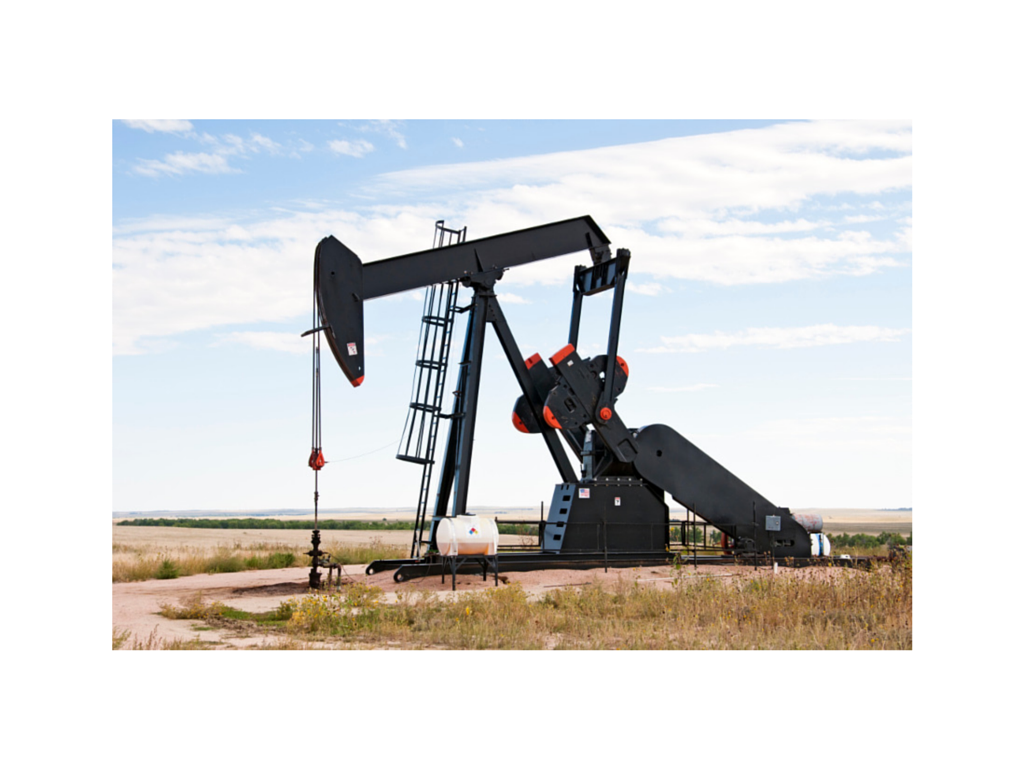
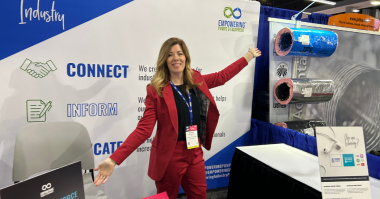
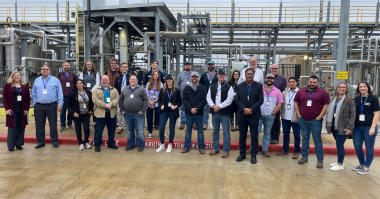

I loved your blog very much. Thank you for explaining about positive displacement pump basics.
It’s interesting to see how different pumps are more specialized for certain tasks, like using diaphragm pumps for high viscosity content. I hadn’t realized there were so many ways of pumping things for different situations. Thank you for helping me understand why I need to get a certain type to replace what I have.